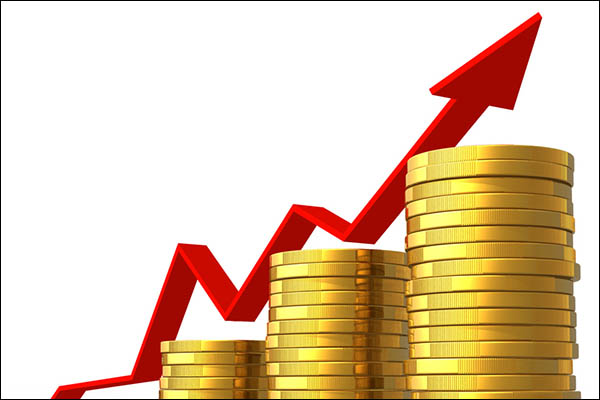
No Credit
Global institution warns recovery remains fragile largely due to unexpected shocks from ongoing spread of COVID-19
The World Bank this week issued its latest South Asia Economic Focus: South Asia Vaccinates report, projecting a 1.3 percent growth rate in Pakistan for the current fiscal, provided there are no additional shocks by the ongoing COVID-19 pandemic.
The global lender’s economic growth forecast for Pakistan, at 1.3 percent, is significantly less than the 3 percent predicted by the State Bank of Pakistan and the federal government.
“Output growth is expected to recover gradually over the medium-term, averaging 2.2 percent over FY21-23, mostly due to contributions from private consumption,” read the report. “However, sectors that employ the poorest, such as agriculture, are expected to remain weak, and therefore poverty is likely to remain high,” it warned, noting that debt as a percentage of GDP was expected to rise to 93.9 percent in the current fiscal—it was 72.5 percent when the incumbent Pakistan Tehreek-e-Insaf-led government came into power in August 2018.
“Pakistan’s exposure to debt-related shocks” will remain elevated in the medium-term, warned the report, adding that deficit was also projected to remain at 8.3 percent of GDP in the current fiscal, at least partly due to settlement of the circular debt. “The current account deficit is projected to narrow to 0.8 percent of GDP in FY21, as a wider trade deficit is more than offset by stronger remittances inflows. However, it is expected to increase over the medium term,” it said. “Exports are projected to grow from FY22 onwards, as external conditions become more conducive and tariff reforms gain traction, but imports are also expected to increase in line with stronger domestic activity and higher oil prices,” it added.
On remittances, which have increased by 17.4 percent year-on-year between December 2019 and December 2020, the World Bank credited the use of formal channels, “encouraged by the State Bank of Pakistan’s initiatives” as one of the main reasons for the growth. “The large increase seen in July was partially attributed to the “Haj effect”—Pakistani migrants remitting home the money saved for pilgrimage to Mecca due to a sharp reduction in the number of Haj visas to contain the pandemic,” it added.
According to the global lender, Pakistan is likely to witness 9 percent inflation rate in the current fiscal, primarily driven by high prices of food items. However, it noted, this should reduce to 7 percent in the next fiscal. It said that Pakistan’s economy had been severely impacted by the COVID-19 pandemic, resulting in an increase in overall poverty. The lifting of lockdown measures—if additional restrictions are not required—has resulted in the economy showing signs of a fragile recovery.
COVID concerns
The report also examined the ongoing vaccination strategies of South Asian countries, warning that at the current rates of vaccination, it was unclear when Pakistan would be able to inoculate 70 percent of the eligible population.
It also warned that Pakistan and Afghanistan were the only two South Asian countries to have greater than the global average case fatality rate. The global average, per the World Bank, is 2.07 percent; in Pakistan it is 2.18 percent and in Afghanistan it is 4.39 percent.
The COVID-19 pandemic, it noted that widened the gap between the richest and poorest of Pakistan and India, especially, leading to greater poverty.
“We are encouraged to see clear signs of an economic rebound in South Asia, but the pandemic is not yet under control and the recovery remains fragile, calling for vigilance,” said Hartwig Schafer, World Bank Vice President for the South Asia Region. “Going forward, South Asian countries need to ramp up their vaccination programs and invest their scarce resources wisely to set a foundation for a more inclusive and resilient future.”
He also urged all South Asian countries to focus on vaccinations, stressing that the “health and economic benefits from vaccinations greatly exceed the costs involved in purchasing and distributing vaccines.”
